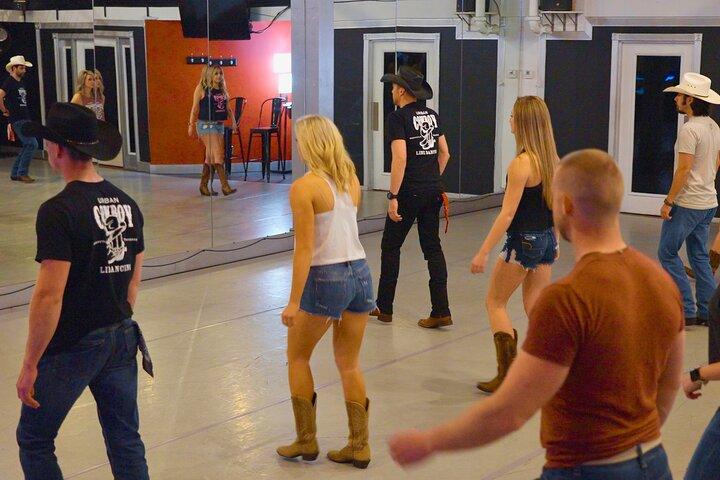The world of line dance is blessed with some truly fabulous professional choreographers whose routines keep our feet moving and our hearts racing. But here’s the best part: there’s always room for more! Whether you’re a seasoned dancer or a beginner with a love for music and dance, you should never be afraid to have a go at creating your own choreography. Line dancing thrives on fresh ideas and personal flair, and who knows? Your creation could be the next big hit!
Creating a line dance isn’t just about coming up with cool moves—it’s about capturing the spirit of the music and sharing the joy of dancing. So, you’ve caught the choreography bug, and now you’re ready to turn your favorite tune into a dancing masterpiece? Well, partner, grab your cowboy boots (or dance sneakers) because we’re diving into the art of creating a line dance! Whether your goal is a beginner-friendly groove for your local club or a fancy festival showstopper for seasoned dancers, this guide will walk you through the process with plenty of tips, tricks, and inspiration to keep it fun, stress-free, and uniquely yours. Let’s get started!
1. Pick the Perfect Song
Your song choice is key. It needs a solid beat and a vibe that screams “dance me!” Think about your audience: Are they beginners who need a slow tempo or seasoned dancers who love a fast-paced challenge?
Pro Tip: Look for songs with clear phrasing. These are often structured in counts of 8, making choreography smoother. Bonus points if the lyrics inspire a theme for your dance!
2. Break Down the Music
Before you bust a move, listen to your song on repeat. Get cozy with every beat, every chorus, and every sneaky bridge. Outline the song’s sections (verse, chorus, etc.) to plan your dance.
Fun Idea: Use colored sticky notes or markers to visually map out the sections. Who doesn’t love a splash of color in their creative process?

3. Learn the Basics (and Name Them Right!)
If you’re new to choreography, it’s crucial to get familiar with basic line dance steps. Classics like grapevine, shuffle, and kick-ball-change can be your foundation.
Fact Check: The same step can have *dozens* of names. Consistency is key when writing your step sheet. Pick one term and stick to it!
4. Create the Moves
Try to start piecing together steps in counts of 8. Match the mood of the music—slow, sweeping steps for a ballad or quick, bouncy moves for an upbeat track. Repetition helps make the dance easier to learn.
Tip: Dance along as you create. If it feels awkward to you, it will feel awkward to others!
5. Create a Line Dance Video Demo or Tutorial
Lights, camera, action! Record a demo or tutorial to showcase your choreography. Use a well-lit space and clear audio so viewers can focus on your moves. Tutorials can break down the steps, while demos show the full routine in action.
Fun Idea: Add text overlays or dance in a fun location to make your video memorable!
6. Write a Step Sheet (Your Dance’s Legacy!)
Step sheets are like recipe cards for your choreography. Consistency is crucial—use clear, simple language to describe each move. Also don't forget to include useful notes if needed (style, tags, restarts etc...).

7. Test It Out
Grab some friends or a local group and let them try your dance. Watch for tricky parts and tweak as needed to ensure everyone is smiling, not scratching their heads!
Bonus Fun: Host a mini “world premiere” of your creation. Seeing your dance come to life is magical!
8. Share Your Dance
Once your choreography is polished, post your step sheet, demo, and tutorial online. Teach it at your local class or share it at a dance social. You never know—it might become the next big hit! (Post them on Linedance NZ - Dance lists 😉)
